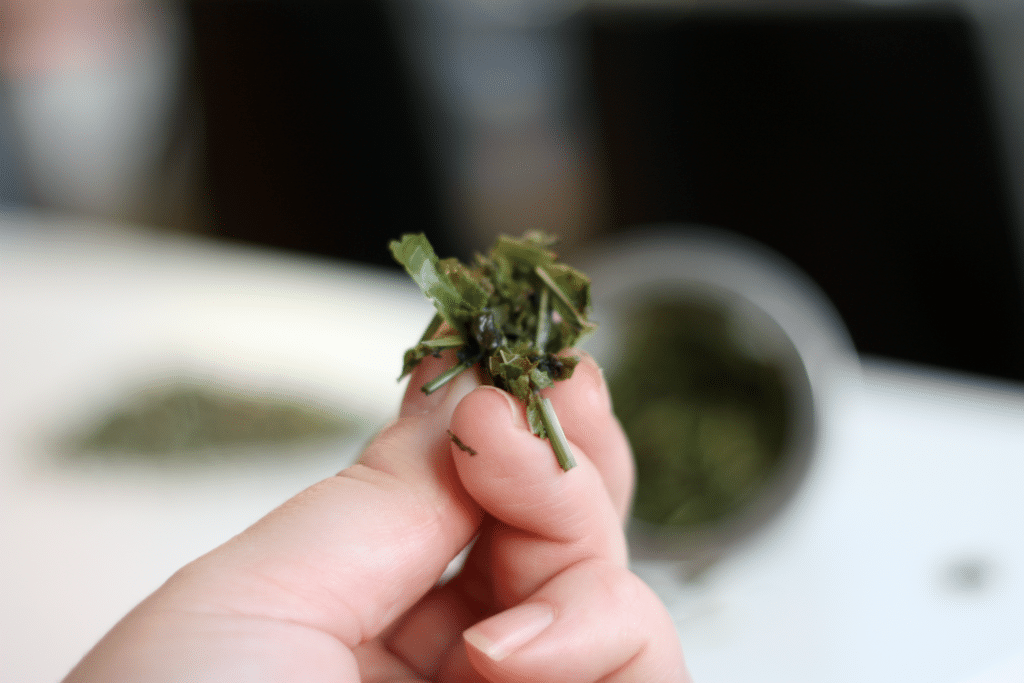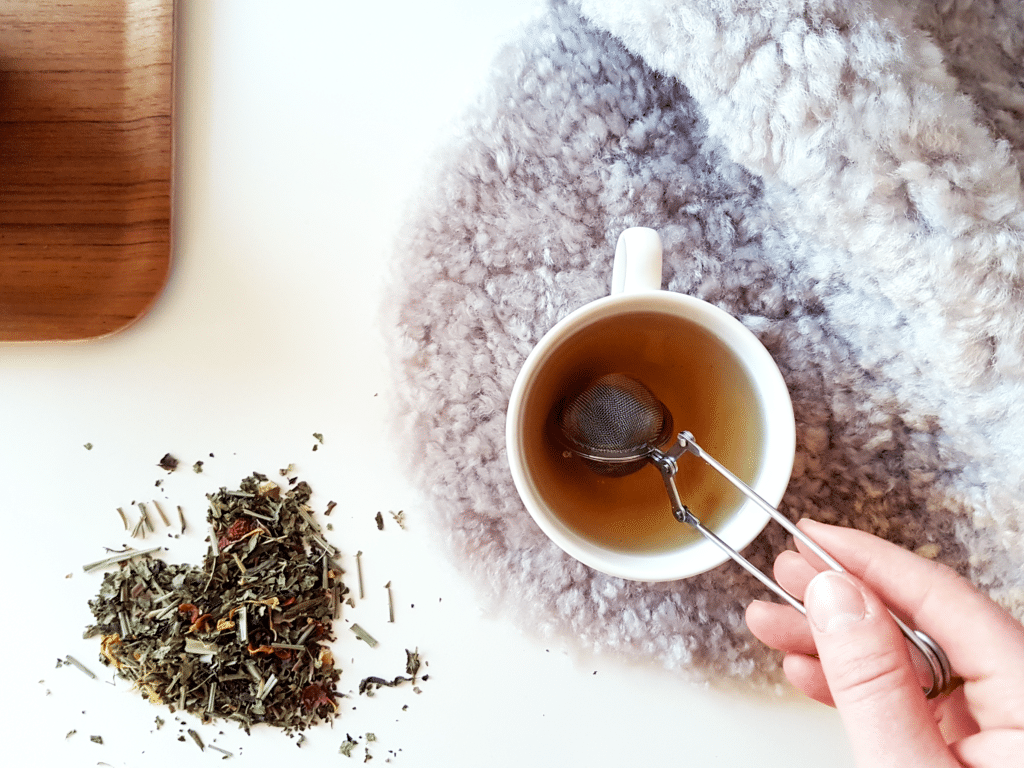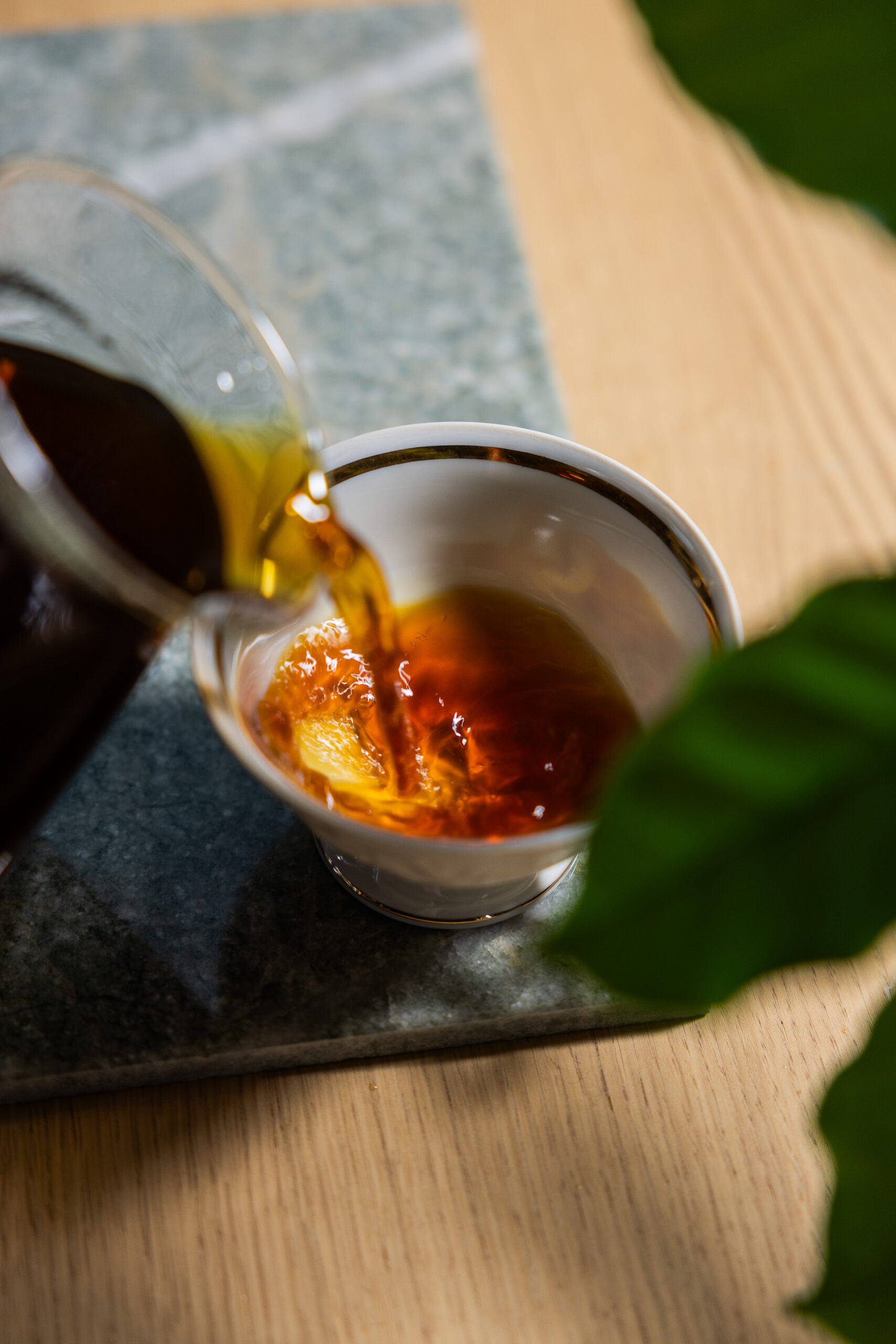Like all other "real teas", green tea is made from the leaves of the mythical plant "Camellia Sinensis". This is tea in its most natural and classic form, and by far the largest tea variety in the world. Excluding water, green tea is probably the most consumed beverage on the planet. This type of tea, which has been cultivated in large parts of Asia for thousands of years, is also the oldest. A distinction is made between two production methods: the Chinese (roasting) and the Japanese (steaming). It is these forms of heat treatment that ensure that the leaves in this category retain their natural green colour. In high-quality green tea, this is often reflected in the natural sweetness, minerality and mild, vegetal flavours in the cup.
Concentrated plant
There is probably no other form of natural medicine that has been researched more than green tea. The list of supposed health benefits is as long as the concentration of antioxidants, vitamins and minerals is high. In fact, green tea contains twice as many antioxidants as black tea, and it is especially the high content of the highly effective antioxidants in the "polyphenols" category that researchers find interesting.
The reason why green tea contains more of these "wonder antioxidants" is the processing we described in the section above. Because the tea leaves are not oxidised (unlike, for example, black tea and oolong), more of Camellia Sinensis' natural nutritional content is preserved.

With a magnifying glass on the leaves

In many cultures, green tea is associated with a long and healthy life. Many Asian countries have used the drink as a natural medicine for thousands of years, and for the past 40 years, Western medicine has also been keeping a close eye on green tea leaves. Here are some of the health benefits that green tea is thought to bring, primarily due to its high antioxidant content, including the powerful polyphenol "Epigallocatechin gallate" (EGCG):
- Strengthens the immune system
- Increases metabolism
- Prevents cardiovascular disease
- Breaks down the harmful cholesterol in the body
- Has a positive effect on fitness and concentration
- Stabilise blood pressure
- Controls blood sugar and prevents diabetes
- Has a positive effect on stress
As with all natural medicines, there are many opinions about this, but - as mentioned above - many comprehensive studies have been conducted on green tea. For example, the recognised medical journal "The American Journal of Clinical Nutrition" has published several well-documented studies that support the plant's positive properties. And although continuity is required for it to have an effect on the body, it is wise to remember that green tea also contains caffeine. A common recommendation is therefore two to three cups a day, with special reservations for children and pregnant women.
How to brew green tea
If you decide to give green tea a try this January, it's a flavourful bonus that green tea can be delicious. And the flavour depends primarily on two variables: the quality of the tea and the brewing method. In conclusion, we offer a simple procedure for brewing green tea that lives up to its high flavour potential. The key to success is the right brewing temperature:
- Unlike most varieties of black tea, it's important to be careful with the temperature when steeping green tea leaves in hot water. To bring out the elegant and mild flavour characteristics of a green tea, it should be brewed with water at around 75 degrees. If the temperature is too high, the tea will be bitter, no matter how good the quality of the leaves.
- Calculate between one to two grams per decilitre of water (equivalent to around one heaped teaspoon for a normal teacup)
- Let the tea steep for two to three minutes.
Enjoy and happy new year.




